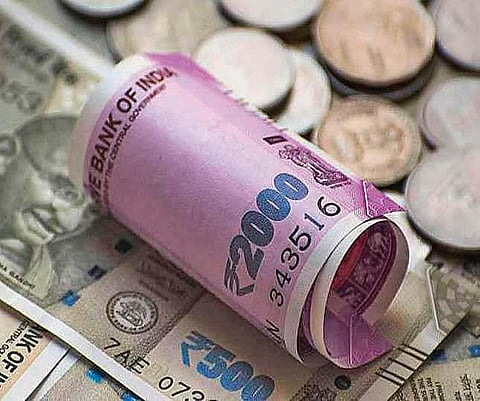Holistic solutions needed to tackle income inequality
In a country like India where privileges manifest in various forms—gender, caste and religion—the increasing wealth and income disparity only exacerbate the situation. Financial prosperity, which is said to blur other forms of social discrimination, is only deepening the divide as the rich are getting richer and the poor are falling off the curve.
As per the latest World Inequality Report, income and wealth inequalities in India are worse than what they were under British rule—when the richest 10% of the population took away 50% of the total income. Today, the situation is worse with the richest 10% accumulating 57%, while the share of the bottom 50% in the national income has shrunk to 13%. To put things in perspective, globally the richest 10% takes 52% of global income, whereas the poorest half earn 8% of it. The World Inequality Report succinctly puts it: “India stands out as a poor and very unequal country, with an affluent elite.”
India’s per capita income on a purchasing power parity basis has jumped five times from $1,200 in 1990 to $6,500 in 2020. However, this tremendous growth in average income hides the growing inequality within. The Inequality Report points out this irony: “This sharp rise in within-country inequalities has meant that despite economic catch-up and strong growth in the emerging countries, the world remains particularly unequal today.”
Covid has only made things worse with many people working in the informal sector losing their livelihoods. And while the formal sector has captured the markets left vacant by informal sectors, it did not absorb a large workforce employed by the latter. A report by SBI Research recently pointed out that the share of the informal economy may have shrunk from 52% in FY18 to 20%. India’s labour force participation has also fallen below 50% in the last couple of years and is hovering around 47.5%. If seen through filters of gender, caste, religion and prevailing disparities, the income and wealth inequality may only point towards a more disturbing picture. It is probably time we see these inequality numbers in further detail to address the issue in a more holistic manner.

